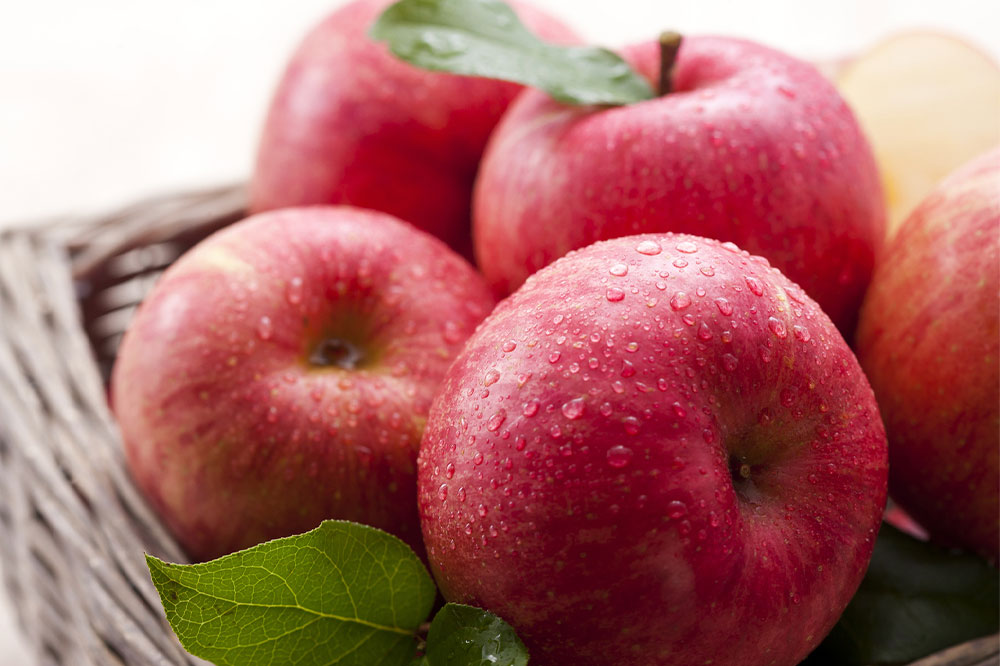
Health
01
Helpful tips that help manage depression
Depression is a common mental health disorder that causes persistent sadness and changes in thinking, sleeping, eating, and behavior. The condition is often treated with conversation therapy or prescription, or both. Therefore, seeking healthcare assistance as soon as symptoms appear is vital. Depression symptoms include sadness and a loss of interest in former hobbies. It can impede your performance at work and home and give rise to various mental and physical problems. What is depression? Depression symptoms include persistent sadness and a loss of interest in things and activities once found enjoyable. Furthermore, it may impair one’s ability to think, remember, eat, and sleep. It’s natural to feel sad or grieve difficult situations, such as losing a job or coping with a divorce. Depression, however, is distinguished by the fact that it lasts at least two weeks and includes symptoms other than melancholy. Clinical depression, often known as major depressive illness, is sometimes called depression. If the mental condition is not addressed, it might worsen and remain longer. In extreme cases, it may lead to suicide or self-harm. However, with timely diagnosis and treatment options, the symptoms can be dramatically improved. Depression and gender When it comes to depression, there is a clear gender divide.















